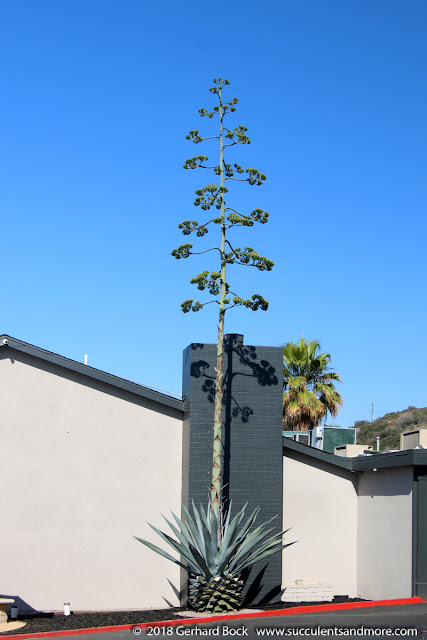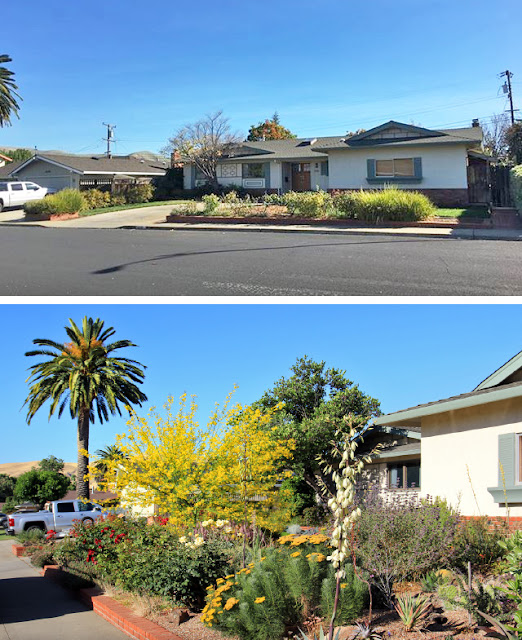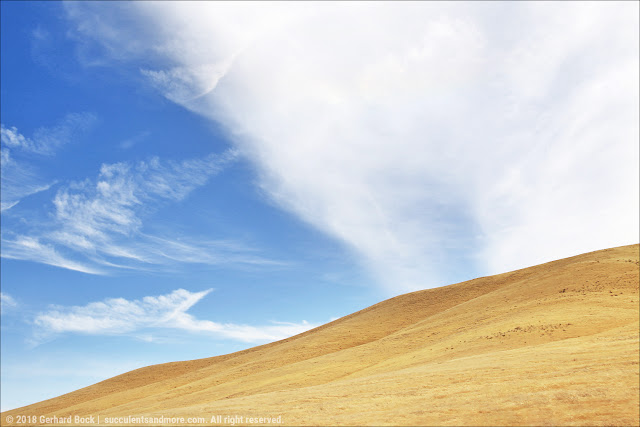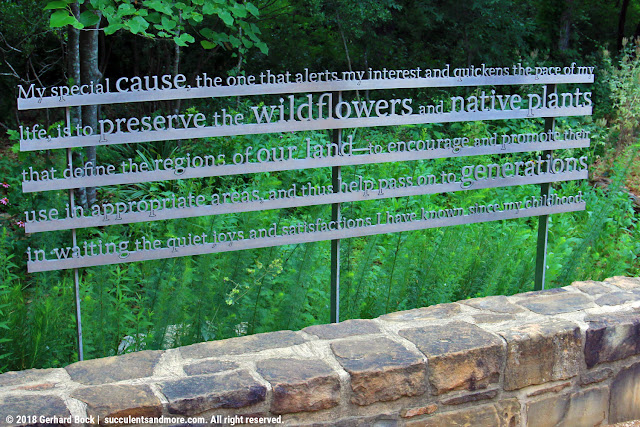Dry garden: Many of us have that. Hot color: That's something everybody needs. Garden writer, landscape designer and TV host Nan Sterman clearly thought so, too. Her new book Hot Color, Dry Garden (Timber Press 2018) puts an end, once and for all, to the misconception that water-wise gardens are a dull wasteland. In fact, she busts three popular myths right out of the gate: that "low-water landscapes are brown, lifeless, and colorless," that "low-water gardens are scrubby and scrappy rather than lush and plant-filled," and that "low-water gardens are rocks and desert."








